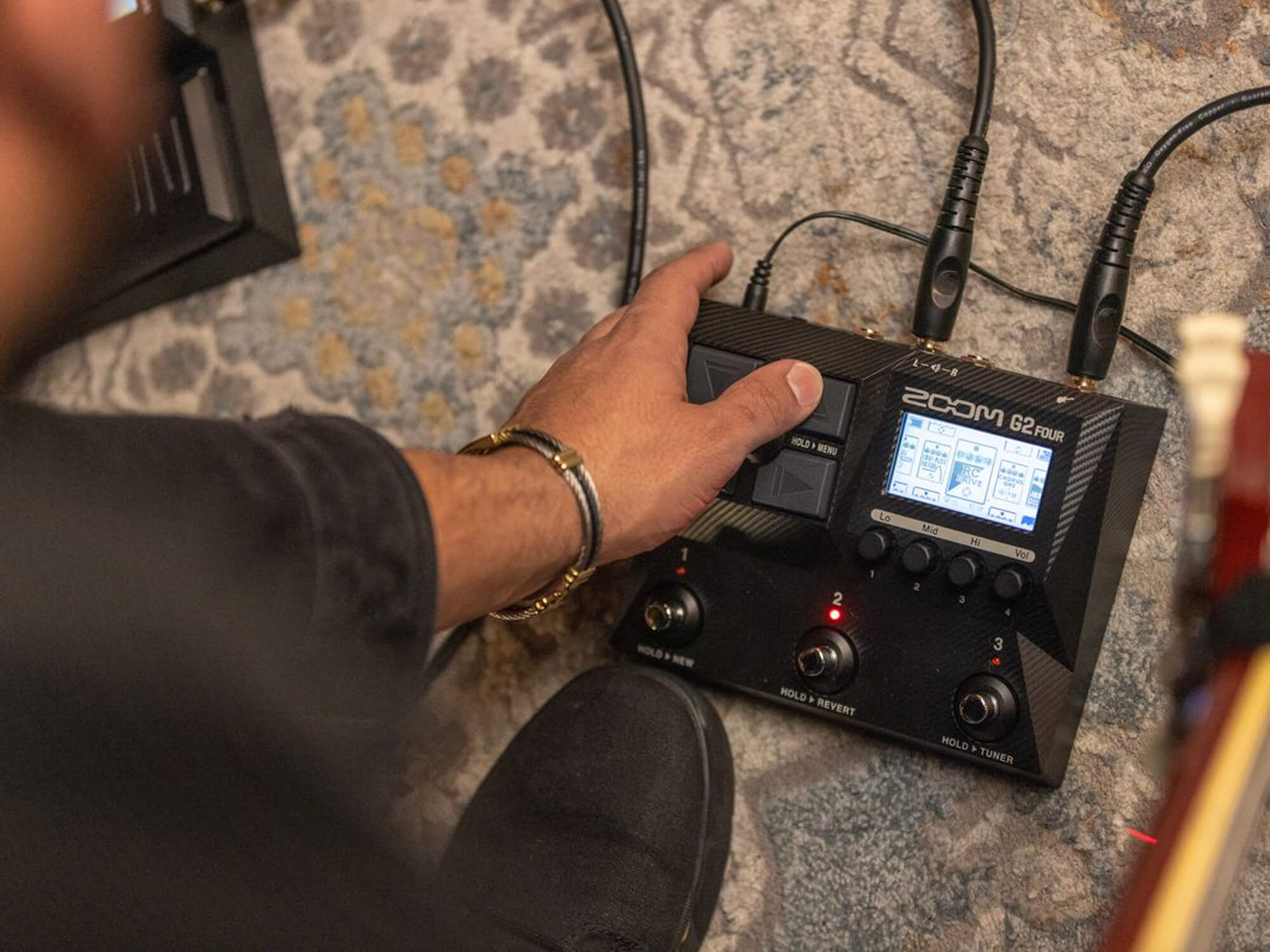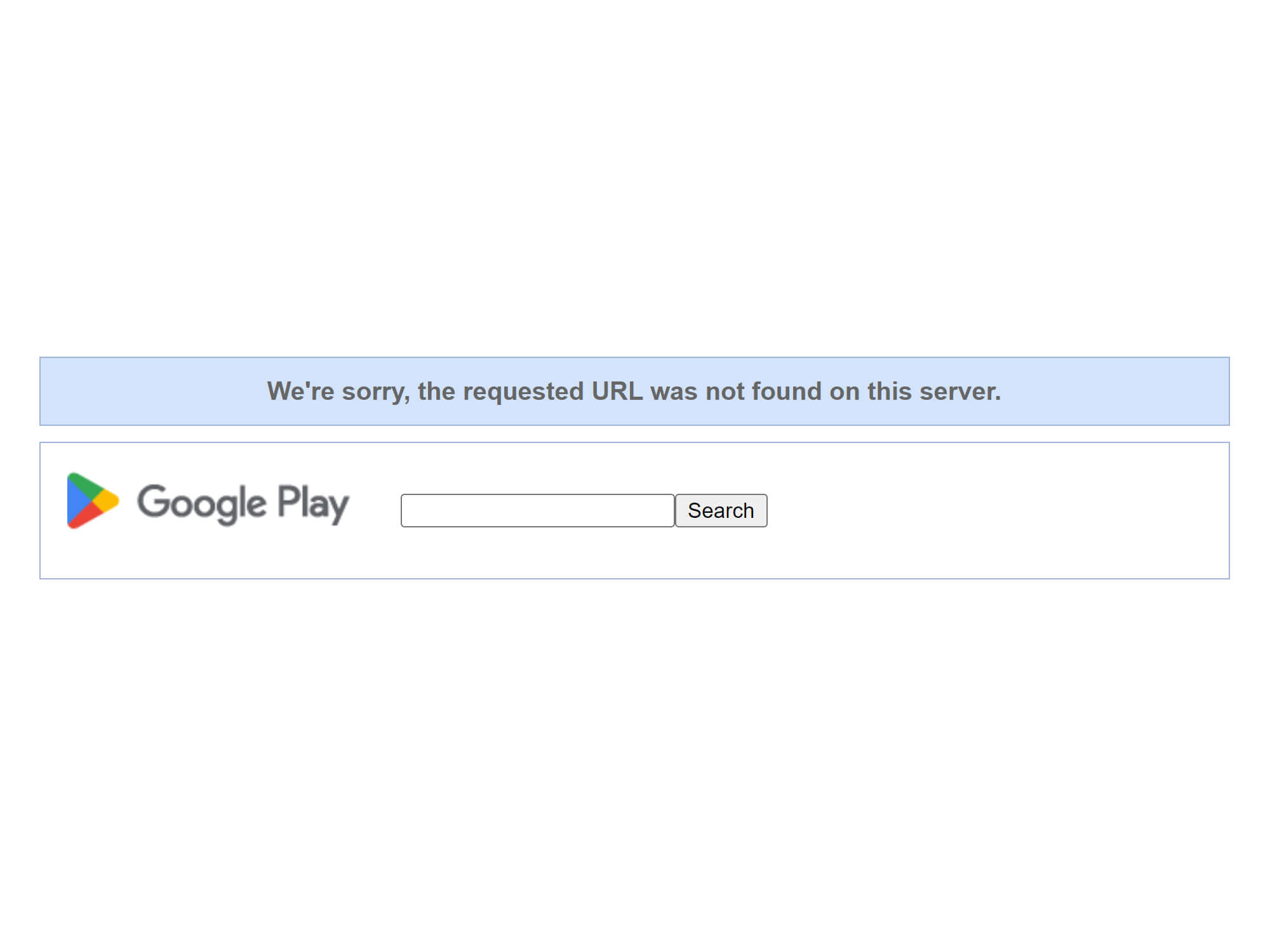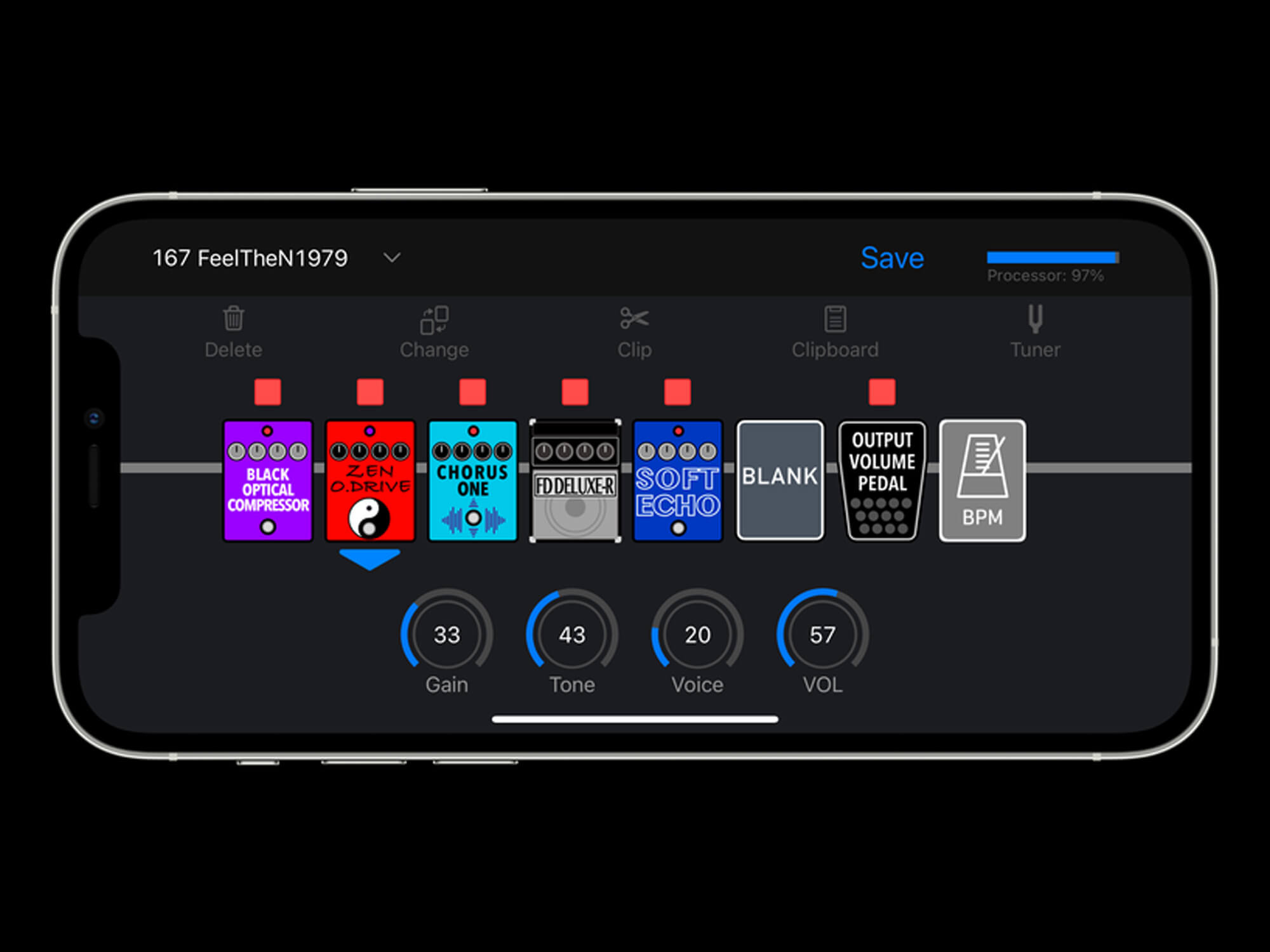Related Tags
Zoom G2 Four and G2X Four review: an unwelcome journey to the past
Multi-effects pedals have come such a long way over the last 20 years. Anyone want to tell Zoom that?

Review Overview
Our rating
4
Our verdict
For a long time Zoom was a mainstay of the multi-effects world. But in recent years, the market niche has shifted towards the new paradigm defined by the Line 6 HX Stomp: compact, all-in-one solutions with screens, intuitive user interfaces and wide-ranging connectivity.
Zoom has some catching up to do, and on the face of it the G2 Four and G2X Four are its entry into the well-stocked HX-Stomp alike product category. But you’ve read the score: you know it dropped the ball. Let’s find out why.
Usability
The two pedals are, in essence, the same thing, only the G2 Four has a jack for an expression pedal, and the G2X four has one built-in. On the face of it, they’re enticingly priced, too: the G2 Four is €229, the G2X €259. That’s a fair bit less than the Stomp, but plenty of other units of the same form factor can be found for about that price.
Opening the box, the first thing to notice is the rather spartan I/O. For audio there’s just a mono quarter-inch input, stereo quarter-inch outputs, an eighth-inch headphone jack and an eighth-inch aux input. The lack of XLR connections isn’t too much of a shocker given the price, but no effects loop? That’s a real head-scratcher.
Digital connectivity is limited to just a USB-C port – no MIDI ports of either size and no Bluetooth. Over USB, you can use the pedal as a two-channel audio interface to record directly, but as we’ll get into later, it’s not quite cut-and-dry as to whether you can actually use it to control the unit and load presets. In any case, it doesn’t support MIDI over USB.

Turning the unit on, the USB-C connector is really the only immediate reminder that this product was launched in late 2022. The screen honestly wouldn’t be out of place on a budget MP3 player from 2006. It’s a small, low-resolution black-and-white LCD with an unbelievably slow refresh rate – the only thing less modern-feeling would be the pedal spooling out ticker tape.
As for controls, there are four footswitches, one of which is nested in a cluster of arrow keys. There are also four multi-function rotary encoders, which can be used to twiddle knobs on virtual amps and effects, as well as adjust the overall output and EQ. For the G2X Four, there’s the in-built expression pedal. This is, for some reason, covered in the same cheap-looking faux carbon fibre wrap as the rest of the pedal, meaning its surface is almost entirely friction-free. Combine this with the relatively stiff action of the pedal and your foot is basically guaranteed to slide off it unless you’re wearing hiking boots.
Zoom’s product launch video shows how the G2/G2X Four’s arrow key cluster can be navigated with your foot. This is a hugely optimistic portrayal. In reality, the screen is too small and low-res to parse much useful information from sitting, let alone standing. The ‘up’ key is positioned in such a way that pressing it with your foot means you cover the entire screen. And try to press the centre button, and there’s a good chance you’ll also mash one of the directional buttons.
Because all of the UI items move across the screen at a glacial pace, leaving behind ghostly impressions as they do, navigating the effects selection menu feels as responsive as using a vending machine with a pair of binoculars and a very long stick. It’s very easy to outpace the screen with button presses, and if you have more than a couple of effects already loaded the framerate gets bad enough to shatter the illusion of continuous motion entirely.
Sounds
So plugging in a pair of headphones, I’m not exactly filled with confidence. Maybe the factory presets will offer a glimmer of hope. Unfortunately, they might just be worse than the UX. Most of them are fizzy, overly compressed and just plain painful to listen to.
All are named after real songs, but the actual sounds produced by the patches barely resemble their namesakes: the Paranoid patch, for instance, uses a scooped Big Muff fuzz entirely divorced from anything Tony Iommi ever played. The Purple Haze patch doesn’t use an octave fuzz effect, even though there is one in here, somewhere. The Dean Town patch uses twice as much overdrive as Cory Wong ever has. And so on.
Would you be surprised to learn that it doesn’t get any better when I try to build my own patch? Slightly fatigued by the scooped high-gain sounds dominating the factory presets, I decide to give something ambient a go. So, I load up the basics: a pitch-shifter, a mono delay and – oh. The pitch-shifter and the delay have eaten most of the device’s CPU, meaning a bunch of the amps just refuse to load.
There’s just enough room to select a very basic pedal platform amp, even if doing so slows the interface down to a crawl. And I have to forget about loading any more pedals – with just three of the seven effects blocks filled.
To borrow a phrase from Weird Al, “What kind of chip you got in there? A Dorito?”
In this case, it’s pretty easy to guess that the pitch-shifter is the CPU-chomping culprit, but there’s no actual indicator of how much processing power you have left to play with on the unit itself, other than effects blocks just refusing to load once you’ve hit the ceiling. Zoom’s accompanying app does appear to offer this functionality, but that’s a separate and rather stinky kettle of fish that’ll be upended later in this review.
To make things worse, the G2/G2X Four occasionally hit the CPU ceiling with seemingly simple setups; just a noise gate, an octave fuzz and a spring reverb tanked everything to a snail’s pace and nuked my Black Keys-inspired patch before I even loaded an amp.
Another attempt to build an ambient patch consisted of just a swell effect, a clean amp, a delay and a reverb. Want some drive with that? Too bad. We’re fresh out of CPU already. Now might also be a good time to mention that when you enter the effects-selection menu, all other blocks in your signal chain get disabled, presumably because loading the library of effects and actually processing audio with your current chain would cause the CPU to pop like a grape. This means that before you commit to a pedal, you can’t hear it in the context of the rest of your patch – instead you’re stuck listening to the fizzy, awful sound of an overdrive pedal with no amp simulation.
So even if you were to forgive the black-and-white slideshow that is the screen and the laggy interface (which I don’t), the G2/G2X Four’s hardware is still apparently sourced from something that’d have a hard time running Lemmings. Therefore a bunch of the basic functionality you would expect from a multi-effects unit is just… absent.
For the G2X Four, you can only assign the motion of the expression pedal to a select number of effects, rather than whatever effect parameter you like. You can’t run effects in parallel, nor can you use more than one amp model at a time. There are a few stereo effects – but these are only actually stereo if they’re placed after the amp models, as the IRs are mono, and, again, you can’t use two amps.
You also can’t change anything about the impulse responses – there’s no mic position adjustment or even a room sound blend – nor can you load your own. Each amp is also locked into its designated cabinet, so you can’t switch which IR is being used with which amp.
That’s a whole lot of things you can’t do. But the most damning result of the meagre CPU is the actual audio processing. The G2/G2X Four have as much headroom as the contraption Giles Corey was pressed to death in, so even the amp models based on high-headroom pedal platforms have almost no dynamic range. And it’s really, really easy to make the unit clip internally: I was getting audible peaking from somewhere in the signal chain, with 6dB of headroom left on my audio interface. This wasn’t the result of using too many dirt pedals – this was with a plate reverb and a Fender Twin!
App-solute Chaos
But maybe my failure to make the unit sound good is just a result of the clunky user interface. Would I have better luck being able to adjust things with a more intuitive UX? Maybe with a screen that updates more often than we get a new Pope? Zoom’s product launch video states, in no uncertain terms, that you can control the unit with “the free Guitar Lab app for iOS and Android.” So, I figured I’d install that.
But little did I know that the screen, CPU and sounds were just the warm-up act: now the real pain begins.
The Google Play store doesn’t have anything called “Guitar Lab.” Nor “Zoom Guitar Lab.” But give the manual a quick read, and you’ll notice that it instead refers to the control app as “Handy Guitar Lab.” So I search the Google Play Store for “Handy Guitar Lab” and… still find nothing. Using regular Google, I’m led to both a page on the Apple App Store, and a defunct Google Play Store listing. Here, I learn that both apps aren’t free at all: they’re $0.99. Huh.

No, $0.99 isn’t a lot of money. But does it feel good to pay money to install what is essentially a remote control for a device you already own? Absolutely not, especially after the bloke in the demo video told me it was free. It would also be less of a kick in the teeth if I wasn’t so desperate to stop using the onboard controls and screen.
If you are unlucky enough to own an iPhone, you can’t just connect to the G2/G2X Four. Remember; no Bluetooth. Instead, you need Apple’s proprietary iPhone to Camera adapter to connect to the USB port. So it’s a good thing that Apple’s proprietary cables are so famously affordable! Just kidding, of course – that’ll be another $40, please.

Regardless, I don’t own an iPhone, so I’m spared the privilege of paying $0.99 for a preset browser and $40 for a cable. Back to square one. My initial attempts to find the sort-of-non-existent and definitely-not-free Guitar Lab app for Android had led me to the Guitar Lab desktop app, which actually does exist and is actually free, and can control the G2/G2X Four’s predecessors, the G1/G1x Four. So, acting on the mistaken assumption that the G2/G2X Four would be supported by it, I installed this on my PC.
I was, of course, met only by a mostly empty screen.
“No device found!”, it said, along with the usual prompt to turn my device off and on again. I obeyed for some time, becoming intimately familiar with the underside of my desk and my computer’s USB connect/disconnect sounds. Upon finally opening the app’s help page, I realised the G2/G2X four aren’t supported. I decided to go take a walk before I went completely insane and started nibbling on the instrument cables.
So, to clear things up for you, here are the apps that can control the G2/G2x Four:
- The $0.99 Handy Guitar Lab app for Android, which wasn’t available to install at the time of reviewing.
- The $0.99 Handy Guitar Lab app for iOS, which I can’t install because I don’t have an iPhone, but if you do it’ll need a $40 cable to work.
And here are the apps that can’t control the G2/G2x Four:
- The free Guitar Lab app for Android and iOS mentioned in the product launch video, because it doesn’t seem to exist.
- The free Guitar Lab app for Mac and Windows, for… reasons.
Confused? Don’t blame you.
Value proposition
The defence in the face of all of these drastic flaws is that, well, you get what you pay for. The most obvious comparison to the G2/G2X four – the Line 6 HX Stomp – is about twice the price. But, that’s not quite the full picture: the Nux MG-400, for instance, is cheaper than either Zoom unit, has an expression pedal, a higher-resolution colour LCD screen, supports user IRs and can be controlled with a free desktop app.
The Valetone GP-200 LT is just a hair more expensive than either Zoom unit, and it has a higher-resolution colour LCD screen, supports user IRs, has an effects loop, and can be controlled with a free desktop app, or, you know… MIDI.
The Nux MG-300, Valetone GP-100 and Mooer GE150 are all almost £100 cheaper than the G2 Four. While this means some compromises on connectivity, all three still manage to have colour on their screens!
Outside of the world of floor-modellers, the Boss Katana 50 MKII is just a bit more expensive than either Zoom unit at around $270 street, and though it doesn’t have an effects loop either, it can record direct with a cab-sim through a line-out or USB, can be controlled by a free desktop app and has a comparable effects library, and is an actual amplifier. So for the $40 extra you need to spend on an iPhone cable to control your G2/G2X Four, you could instead invest in something that has most of the same functions – and can be used to gig.
There are plenty of products that are comparably priced to the G2/G2X Four – and while they may not all be as feature-rich as something like the HX Stomp, they’re all lightyears ahead of their Zoom equivalents. And that’s just their on-paper specifications. Sonics are a bit more subjective, but given the G2/G2X Four’s amp and effect models, it’s not like any of them are going to be worse.
In short: the relative affordability of the G2/G2X Four is not a defence for a screen that wouldn’t be out of place on a Tamagotchi. Nor is it a defence for its woeful I/O. Nor the lack of a desktop control app. Nor the lack of support for user IRs. Nor for the miniscule CPU headroom. And so on.
The G2 Four and the G2X Four are disastrous failures on every level. They fail to function as pure effects processors, as the absence of a send/return loop means they can’t be fully integrated into an actual amp rig, and the CPU gives up after loading just a handful of simple effects. They also fail to function as a value proposition for a standalone setup, as their connectivity and control options are outclassed by units half their price – including their own predecessors. And the sounds they produce range from uninspiring to unusable.
They are hard to control, harder to make sound good and completely impossible to recommend. It’s not often the world of guitar products contributes so confidently to the planet’s e-waste. Today, we make an exception.
Key Features
PRICE: G2 Four: €229 / $199, G2X Four: €259 / $229
DESCRIPTION: Multi-effects pedals, made in China
CONTROLS: 4 footswitches, 4 knobs, arrow key cluster, expression pedal (G2x Four)
I/O: Mono ¼” input, 2x¼” stereo output, ⅛” aux input, ⅛” stereo headphone out, Expression pedal jack (G2 Four)
DIMENSIONS: 17cmx14cmx7cm (G2 Four), 24cmx14cmx7cm (G2X Four)
CONTACT: zoomcorp.com
